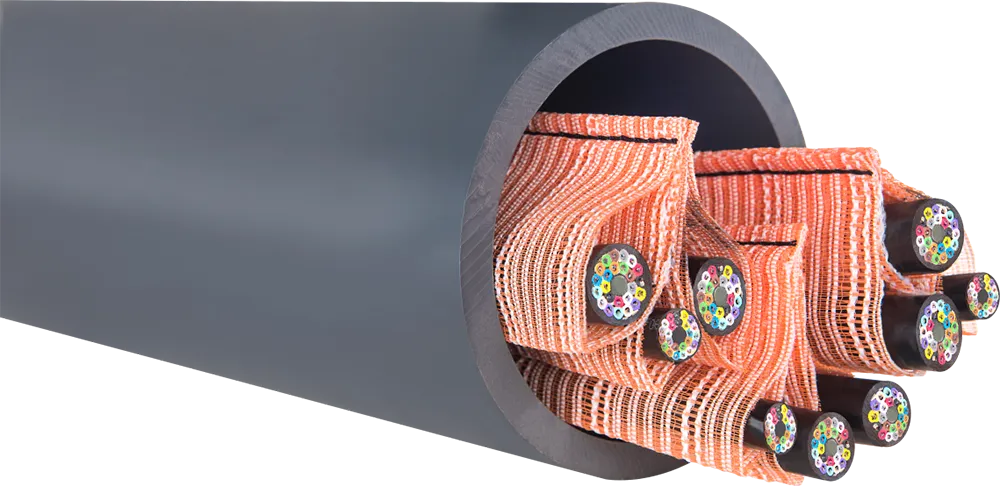Cybit has just launched a new 'suite of mapping tools for its Fleetstar-Online solution'.
February 6, 2012
Read time: 1 min

According to the company, the mapping options provide customers with the flexibility to tailor the mapping to suit their individual needs. For example: companies that operate large distribution sites can benefit from upgrading to the live ScreenWatcher option; home delivery companies can have unequivocal vision over the locations visited from Google Street View; whilst for monitoring routes and measuring against plan, traditional digital mapping remains the clearest option.










